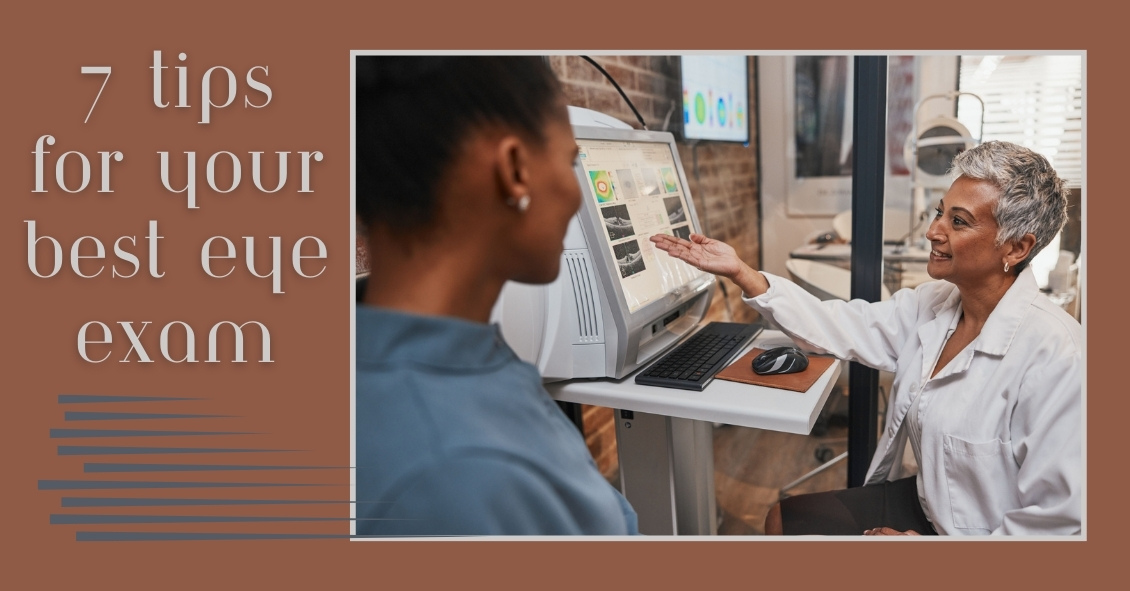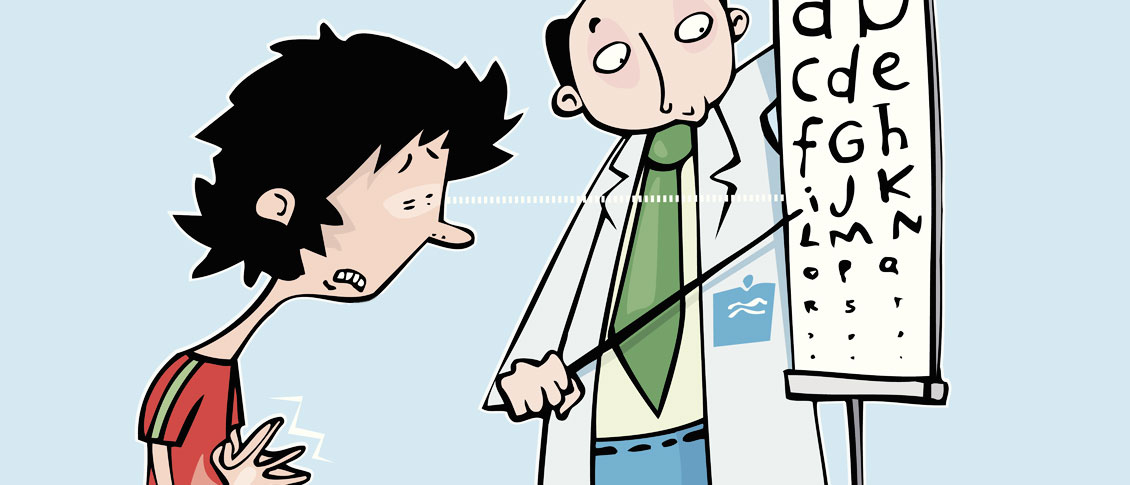News & Promotions
 The eye holds a unique place in medicine. Your eye doctor can see almost every part of your eye from an exterior view...
The eye holds a unique place in medicine. Your eye doctor can see almost every part of your eye from an exterior view...
Featured Monthly Video
- Written by InnovativEyes
There are some eye conditions where your doctor might recommend an eye injection as a treatment option.
Injections into the eye, specifically into the vitreous or gel-filled cavity of the eye, are called intravitreal injections.
Anti-vascular endothelial growth factors (anti-VEGF) are probably the most commonly injected agents. They are used to treat wet age-related macular degeneration (ARMD), diabetic retinopathy, and retinal vein occlusion.
In these conditions, there are abnormal leaky blood vessels that cause fluid and blood to accumulate in and under the retina. This accumulation of fluid results in loss of central vision. The role of anti-VEGF agents is to shrink these abnormal vessels and restore the normal architecture of the retina.
There are three anti-VEGF agents widely administered: Lucentis, Avastin, and Eylea.
Lucentis (Ranibizumab) is FDA approved for treatment of wet ARMD, diabetic retinopathy, and vein occlusion. It is specially designed for injection into the eye and is a smaller molecule than Avastin so it may have better penetration into the retina.
Avastin (Bevacizumab) was originally approved by FDA for treating colorectal cancer. It is used “off-label” for the same treatment indications as Lucentis. Off-label usage of medication is legal, but pharmaceutical companies can't promote a medication for off-label use. The amount of Avastin needed for eye injections is a fraction of the amount used to treat colorectal cancer, therefore, the cost of ophthalmic Avastin is only a fraction of the cost of Lucentis. This means that Avastin needs to be prepared sterilely into smaller doses by an outside pharmacy prior to injection into the eye.
Eylea (Aflibercept) is the third anti-VEGF agent. It was designed to have more binding sites than Avastin and Lucentis so it may last longer in the eye than the former two. Eylea is FDA approved for treatment of wet ARMD, diabetic disease, and vein occlusion, and therefore, the cost of Eylea is similar to the cost of Lucentis.
Various studies have been performed to compare these agents. The most anticipated study was the CATT trial (N Engl J Med 2011; 364:1897-1908), which compared Avastin and Lucentis for the treatment of wet ARMD.
The study found that both had equivalent treatment effects on vision over the course of a year. In general, most ophthalmologists would consider all three agents to be very similar.
There is a thought that after prolonged injections, some patients may develop resistance to one particular agent but still respond to the other 2 agents. Therefore, your ophthalmologist will individualize your treatment.
Article contributed by Dr. Jane Pan
- Written by InnovativEyes
What are conditions that can affect a child’s vision and the potential for learning? What is Amblyopia? What is Strabismus? What about Convergence Insufficiency? These are serious conditions of a child’s eye that need addressed. Did you know that 80% of learning comes through vision? The proverb that states, ”A picture is worth a thousand words” is true! But what if a child cannot visually see or process those words?
Let’s explore Amblyopia , or “lazy eye”. It affects 3-5% of the population, enough that the federal government funded children’s yearly eye exams into the Accountable Care Act or ObamaCare health initiative. Amblyopia occurs when the anatomical structure of the eye is normal, but the “brain -eye connection” is malfunctioning. In other words, it is like plugging in your computer to the outlet and the power never gets to the computer all the way.
Amblyopia need to be caught early in life, in fact if it is not caught and treated early (before age 8) it can lead to permanent vision impairment. Correction with glasses or contacts and patching the good eye daily are ways it is treated. Most eye doctors agree that the first exam should take place in the first year of life. Early detection is a key.
Strabismus is a condition that causes an eye to turn in (esotropia), out (exotropia), or vertically. It can be treated with glasses or contacts, and if needed surgery. Vision therapy or strategic eye exercises prescribed by a doctor can also improve this condition. In fact, vision therapy is the treatment of choice for Convergence Insufficiency.
When we read, our brain tells our eyes to turn in to a comfortable reading posture. In Convergence Insufficiency, the brain tells the eyes to turn in, but they instead turn out, causing tremendous strain on that child’s eye for reading. Another tell tale sign of this condition is the inability to cross your eyes when a target approaches. The practitioner will see instead, that one of the eyes kicks out as the near target approaches. This condition can be treated with reading glasses or contacts, and eye exercises that teach the muscles of the eye to align properly during reading.
It is important to understand the pediatric eye and all the treatments that can be implemented to augment the learning process. Preventative care in the form of early eye examinations can mean the difference between reading properly or struggling badly in a child’s learning. Remember, a young child can’t tell you if they have a vision impairment or not. For the success of the child: be proactive in encouraging exams in the first year of life and beyond.
The content of this blog cannot be reproduced or duplicated without the express written consent of Eye IQ.






